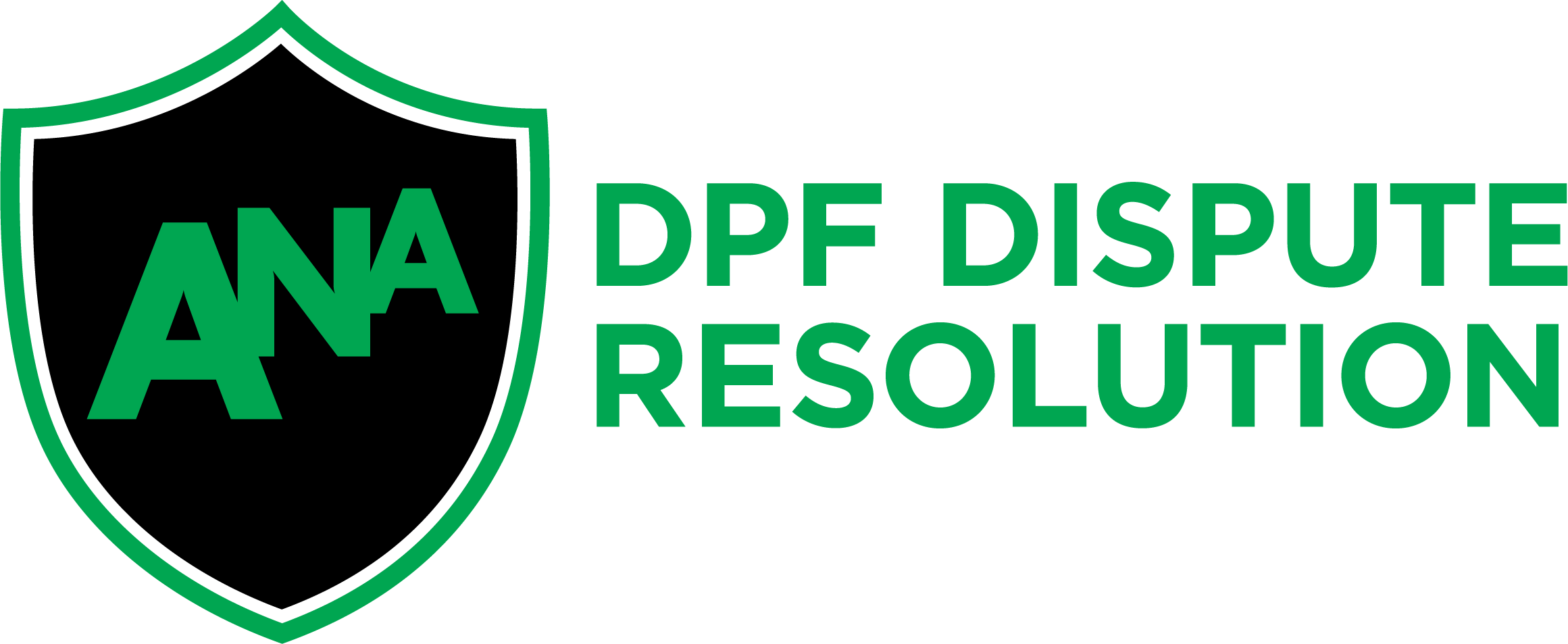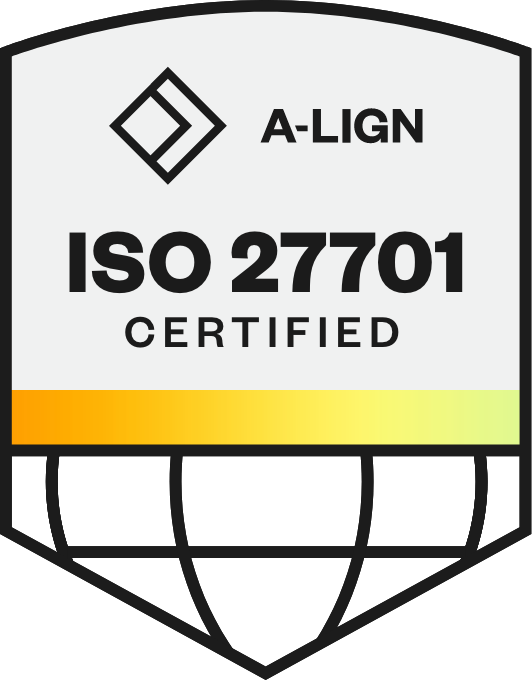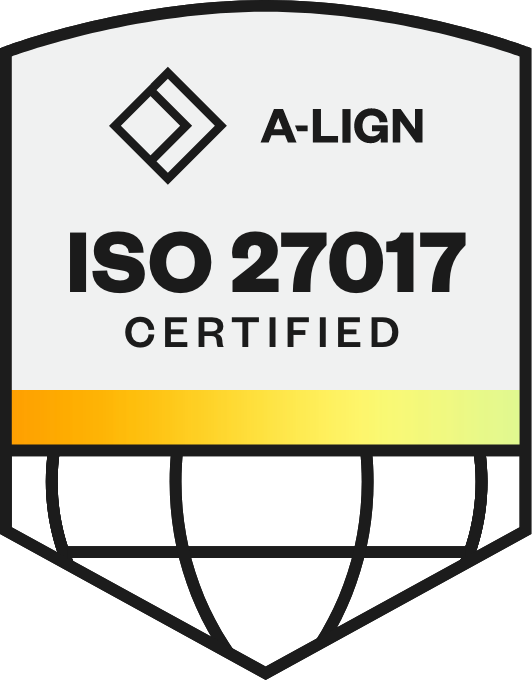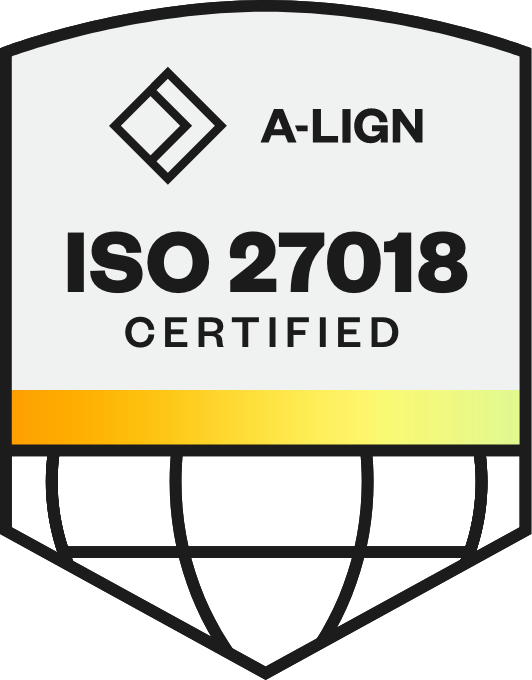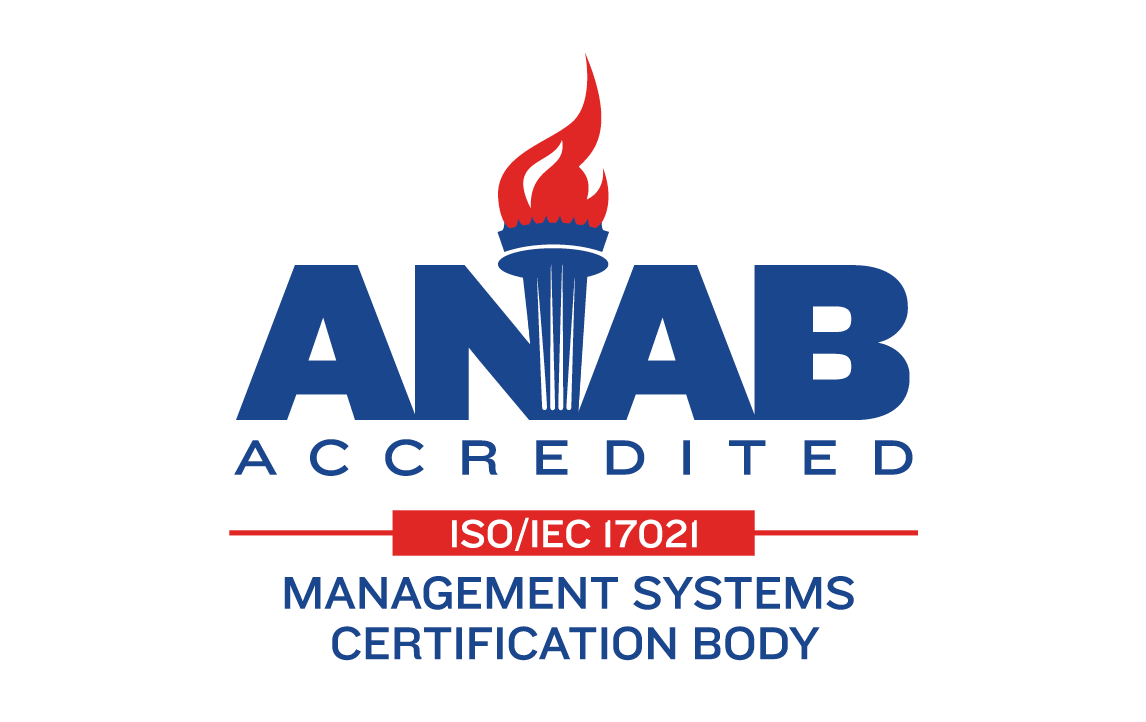
The Importance and Benefits of Employee Development: A Guide for HR Professionals

Imagine reducing turnover and boosting engagement simply by investing in your employees. According to LinkedIn, organizations that prioritize employee development see 94% higher retention rates — a game-changer in today’s competitive job market. This striking statistic underscores the critical importance of investing in employee growth. More than just training, employee development is about equipping your workforce with the skills, knowledge, and opportunities they need to thrive long-term.
This blog will explore why employee development matters, the powerful benefits it brings, and actionable strategies HR professionals can use to build a culture of continuous growth.
In This Article
What is Employee Development?
Employee development is the ongoing process of equipping employees with the necessary skills and knowledge to enhance their performance and prepare them for future roles. This strategic initiative helps individuals grow within the company while aligning their development with business objectives. But how does this differ from training?
How is Employee Development Different from Training?
While basic training programs provide employees with skills to perform specific job functions, employee development focuses on long-term career growth and adaptability beyond day-to-day responsibilities. It encompasses mentorship programs, cross-training opportunities, leadership development efforts, and upskilling initiatives that help employees thrive beyond their immediate roles.
Employee development is often referred to as staff development or career growth, emphasizing that the process is about helping employees reach their full potential through structured learning opportunities and real-world experiences.
Investing in employee development goes beyond just improving job performance — it fosters a culture of continuous learning and career growth. By prioritizing development initiatives, organizations can boost engagement, retention, and long-term success.
Why is Employee Development Important?
Employee development is crucial because it benefits both the employee and the organization in several key ways:
Employee development equips individuals with the necessary skills to excel in their current roles and prepares them for future opportunities
When employees feel valued through development initiatives, their job satisfaction and overall morale improve significantly
Development opportunities empower employees to realize their capabilities, leading to increased productivity and innovation
With these foundational benefits in mind, what specific advantages can organizations expect from robust employee development programs?
Key Benefits of Employee Development
Prioritizing employee development creates a workplace where individuals feel motivated to grow and contribute. When individuals see opportunities for learning and advancement, they become more engaged, productive, and committed to the organization. Some key benefits of employee development include:
Higher Employee Retention: According to a study, employees who get professional development opportunities are 15% more engaged and have 34% higher retention than those who don’t. Additionally, employees usually stay longer at a company that invests in their career development
Reduced Cost of Hire: Promoting from within is generally less expensive than recruiting externally, as internal candidates are already familiar with the company culture and processes. Companies with strong internal mobility can retain employees for longer compared to those in organizations with low internal mobility
Improved Employee Engagement: Development opportunities correlate strongly with employee motivation. According to a survey, 6 out of 10 employees think training helps them do their job better, which contributes to higher engagement levels
Enhanced Team Performance: Cross-functional training improves collaboration and team dynamics, leading to better communication and problem-solving abilities within teams. Organizations that implement regular feedback sessions experience 15% lower turnover rates than those that do not provide consistent support
Improved Profitability: Companies investing in employee development experience productivity increases and profitability rise. This correlation suggests that well-trained employees contribute significantly to the bottom line through enhanced efficiency and innovation
Innovation and Competitiveness: Employees equipped with updated skills drive innovation, helping organizations maintain a competitive edge in their industries. A strong learning culture has been linked to higher retention rates, making it essential for fostering an innovative workforce
Leadership Development: Strong employee development initiatives facilitate effective succession planning by preparing future leaders within the organization. Companies that invest in leadership development can ensure a steady pipeline of talent ready to step into critical roles when needed, minimizing disruptions during leadership transitions
These statistics highlight the importance of employee development to enhance retention, reduce hiring costs, improve engagement, boost profitability, foster innovation, and cultivate future leaders within organizations.
With these compelling benefits in mind, let’s take a look at how to build a strong employee development program that effectively capitalizes on these advantages.
How to Create a Strong Employee Development Program
An employee development program is a structured approach that organizations implement to provide growth opportunities for their workforce. Here are the key steps to take to create an effective and engaging program that scales alongside your workforce:
Assess Organizational Needs: Before designing a development program, it’s essential to align employee growth initiatives with business objectives.
Identify Skill Gaps: Conduct surveys, performance reviews, and skills assessments to determine where employees need support. Use ontology-driven technology to help expedite the comparison between skill supply and demand.
Align With Business Goals: Ensure that the program supports long-term company strategies, such as digital transformation, leadership development, or industry-specific expertise.
Engage Stakeholders: Collaborate with department heads and team leaders to understand workforce needs and future talent requirements. Securing buy-in early helps ensure a seamless rollout in the future.
Personalize Development Plans: One-size-fits-all training often falls short. Instead, leverage AI-powered software to personalize learning experiences, maximizing engagement and effectiveness.
Create Individual Development Plans (IDPs): Work with employees to set clear career goals and outline the skills they need to achieve them.
Offer Career Pathing: Use intelligent tools to provide guidance on how employees can progress within the company, helping them see future opportunities. We recommend leveraging an AI-powered career pathing tool that evolves alongside your employees, highlighting new opportunities aligned with their career goals as individuals collect new skills and experiences.
Leverage Performance Reviews: Use regular evaluations to identify areas for improvement and adjust development strategies accordingly. Feedback should be a continuous loop to ensure your efforts are valuable and impactful.
Provide a Range of Development Opportunities: Offering diverse learning methods ensures employees stay engaged and gain relevant skills in different ways. Consider the following options:
Online Courses & Certifications: Partner with e-learning platforms to provide access to industry-relevant courses.
Mentorship Programs & Job Shadowing: Pair employees with experienced colleagues for knowledge-sharing and professional growth.
Stretch Assignments & Cross-Training: Encourage employees to take on challenging projects or temporary roles outside their usual responsibilities
Conferences & Industry Events: Encourage employees to attend external learning events to stay informed on industry trends and best practices. For example, cybersecurity professionals can gain valuable insights on the future of security at the RSA Conference (RSAC), while HR professionals can benefit from IAMPHENOM, a three-day event in Philadelphia featuring sessions from HR leaders, analysts, and industry experts — plus the opportunity to earn SHRM and HRCI credits. Similarly, healthcare organizations can explore training programs focused on telehealth and advancements in patient care technology.
Measure and Evaluate Success: Tracking the effectiveness of your development program is crucial for continuous improvement. Use a combination of qualitative and quantitative metrics:
Retention & Engagement Rates: Monitor turnover data to see if employees are staying longer due to development opportunities. Don’t forget to measure engagement before you implement the program to create a foundational starting point to track your efforts against
Productivity Metrics: Evaluate performance improvements using key performance indicators (KPIs) such as project completion rates, efficiency, and innovation levels.
Employee Feedback: Conduct surveys and one-on-one discussions to assess satisfaction with learning initiatives and make necessary adjustments.
A strong employee development program is an ongoing process that evolves with business needs and workforce expectations. By assessing organizational needs, personalizing growth plans, offering diverse learning opportunities, and measuring outcomes, companies can foster a culture of continuous learning and professional success.
However, even the most well-structured programs can run into roadblocks. Let's examine some common challenges and practical solutions to overcome them.
Common Challenges in Employee Development and How to Overcome Them
Even the most well-designed employee development programs can face obstacles. Addressing these challenges proactively can help organizations create a sustainable and effective learning culture.
1. Lack of Resources or Budget
Many organizations struggle with limited budgets for employee development initiatives, making it difficult to invest in high-quality training programs, external courses, or certifications.
How to overcome it:
Leverage Internal Expertise: Encourage experienced employees or leaders to host training sessions, lunch-and-learns, or workshops. This reduces costs while fostering a knowledge-sharing culture.
Utilize Free or Low-Cost Learning Platforms: Offer access to free online courses, webinars, and industry blogs. Platforms like Coursera, Udemy, and LinkedIn Learning often provide affordable or company-wide subscription options.
Encourage Peer Learning: Implement mentorship programs, job shadowing, or cross-training opportunities, allowing employees to learn from one another without incurring extra costs.
Incorporate Learning into Everyday Work: Instead of allocating separate budgets, embed learning opportunities into daily tasks, such as assigning employees to stretch projects that enhance their skills.
2. Low Employee Participation
Even when development programs are available, employees may be reluctant to participate due to heavy workloads, lack of interest, or uncertainty about the benefits.
How to overcome it:
Make Learning Interactive and Engaging: Use gamification elements like points, badges, leaderboards, and rewards to motivate employees to participate.
Tie Development to Career Growth: Show employees a clear link between participation in training and career advancement opportunities, such as promotions or salary increases.
Offer Flexible Learning Options: Provide on-demand learning resources, self-paced courses, and microlearning sessions that fit into busy schedules.
Recognize and Reward Participation: Publicly acknowledge employees who engage in development programs through newsletters, internal recognition, and small incentives like gift cards or extra time off.
Encourage Manager Support: Have managers actively promote learning by incorporating development goals into performance reviews and setting aside dedicated learning hours.
Personalize Learning Paths: Instead of a one-size-fits-all approach, tailor development plans to individual interests and career aspirations. A talent marketplace comes in handy here.
3. Resistance from Management
Some managers may be hesitant to support employee development, fearing it will take time away from daily responsibilities or lead to employees leaving the company after gaining new skills.
How to overcome it:
Showcase the ROI of Employee Development: Present data on how training improves employee performance, productivity, engagement, and retention. Highlight industry benchmarks and case studies that demonstrate the long-term business impact
Connect Development to Business Goals: Emphasize how upskilling employees can directly contribute to company success, such as improved efficiency, innovation, and customer satisfaction
Make Learning Part of Performance Metrics: Encourage leadership to integrate employee growth and skill development into KPIs
Address Time Concerns: Implement bite-sized learning formats, such as 10–15 minute training sessions, that minimize disruption to work schedules
Develop Leadership Training for Managers: Help managers see the value of professional development by offering leadership programs that enhance their own skills in coaching and team development
Now that we know how to navigate common challenges, these strategies will illustrate how organizations can effectively implement employee development initiatives.
Employee Development Examples
Here are some concrete ways to implement employee development initiatives, ensuring employees have meaningful opportunities to grow while aligning with business goals.
Implement Mentorship Opportunities
Pair employees with experienced mentors who can provide guidance, career advice, and skill development support. A strong mentorship program fosters a culture of knowledge-sharing, helping employees navigate career challenges, build confidence, and expand their professional networks. Skill-based mentoring technology can make it easy to match mentors and mentees based on career experience and goals.
Create Shadowing Opportunities
Offer employees the chance to observe colleagues in different roles, expanding their skillsets and understanding of various departments. This hands-on experience fosters cross-functional collaboration, encourages career exploration, and helps employees discover new opportunities within the organization.
Host Lunch-And-Learns
Provide informal sessions where employees can learn from internal or external experts while enjoying lunch, encouraging both learning and team bonding. These sessions create a relaxed environment for sparking new ideas and fostering a culture of continuous growth.
Provide Professional Training
Invest in certifications, workshops, and online courses to help employees grow their skills and stay current in their field. Offering access to industry-specific training can boost confidence and demonstrate your commitment to their career growth.
Implement a Gig Marketplace
Create an internal platform where employees can take on short-term projects outside their regular roles, fostering growth and collaboration. A gig marketplace platform streamlines how employees can discover and show interest in projects across the company — this approach fosters an agile workforce that’s adaptable and ready to evolve in the face of unexpected challenges while supporting critical business needs.
Encourage Passion Projects
Allow employees to dedicate time to projects they’re passionate about, driving innovation and improving job satisfaction. Encouraging this creative freedom can lead to fresh ideas, increased engagement, and even new solutions that benefit the entire organization.
Offer Upskilling and Reskilling Opportunities
Help employees build new skills or grow in their current roles by providing learning opportunities. This not only boosts productivity but also prepares the workforce for evolving business needs.
FAQs About Employee Development
Here are answers to some frequently asked questions about employee development and its role in fostering a thriving workplace.
What are the benefits of developing employees?
Developing employees leads to increased engagement, job satisfaction, retention rates, and overall performance
What is staff development and why is it important?
Staff development focuses on enhancing employees' skills for current roles while preparing them for future positions; it fosters loyalty and reduces turnover
Can employee development improve company culture?
Yes, by investing in employees’ growth, companies demonstrate commitment to their workforce, enhancing overall culture
What is the difference between training and development?
Training often focuses on specific tasks or skills required for a job, while development encompasses broader learning aimed at long-term career growth
Enhance Employee Development with Phenom
Employee development is crucial for cultivating a productive and engaged workplace. It offers significant benefits for both employees and organizations by improving skills, boosting job satisfaction, and fostering innovation.
Beyond improving retention and productivity, a strong employee development program cultivates a culture of continuous learning, adaptability, and leadership readiness — essential qualities for long-term business success. Organizations that prioritize development initiatives not only future-proof their workforce but also gain a competitive edge in attracting and retaining top talent.
Now is the time to invest in your employees’ growth.
Whether you’re starting from scratch or refining an existing program, use the insights and practical tips from this guide to create a development strategy that empowers your workforce and drives lasting success.
Ready to take the next step? Download our Buyer’s Guide: Choosing a Talent Marketplace to move employees from uncertainty to clarity with ease.
Get the latest talent experience insights delivered to your inbox.
Sign up to the Phenom email list for weekly updates!



